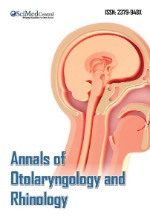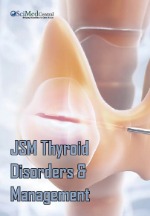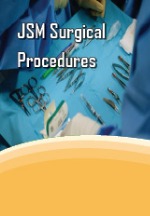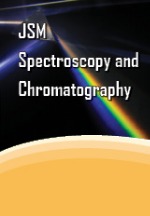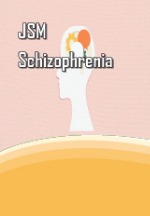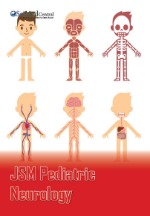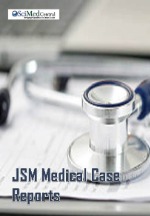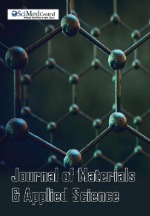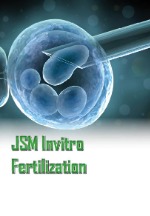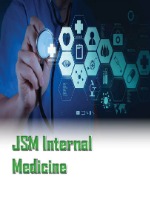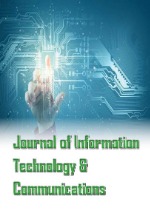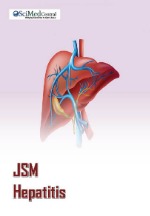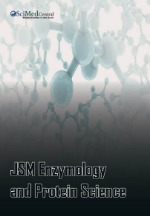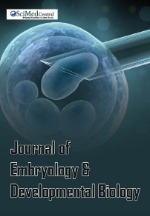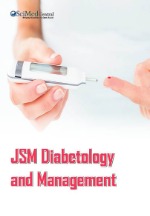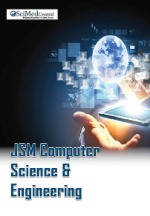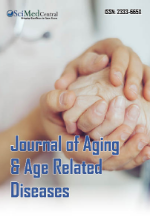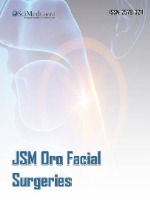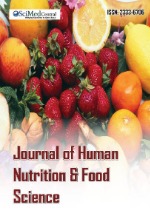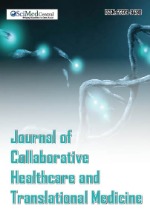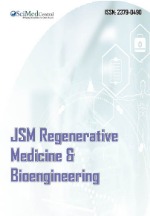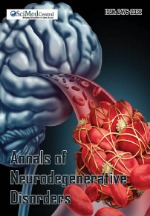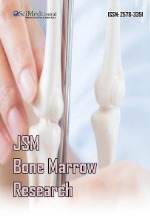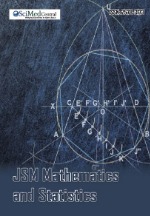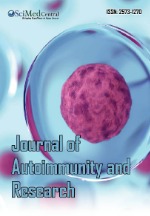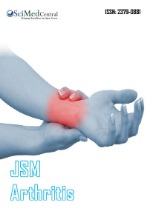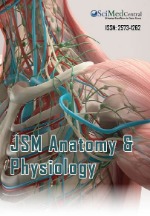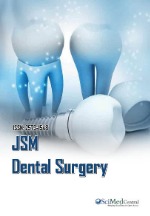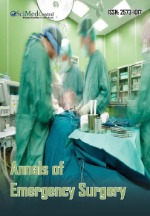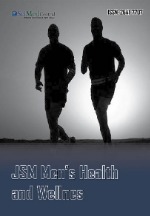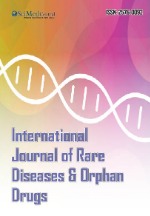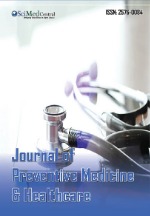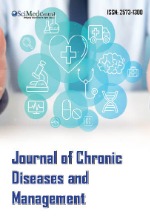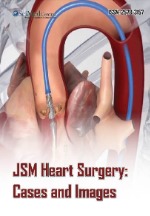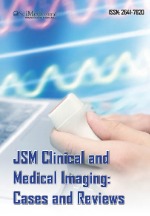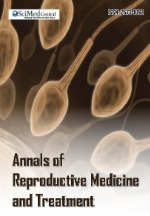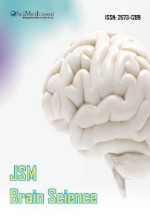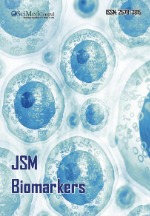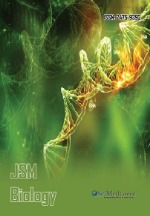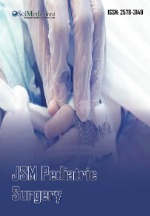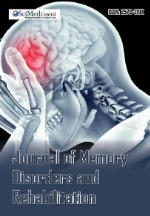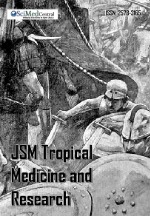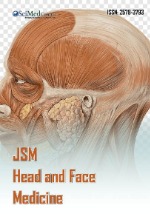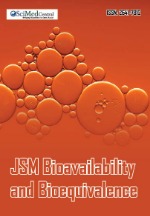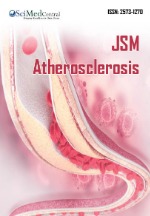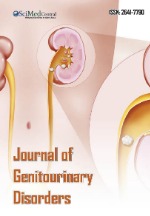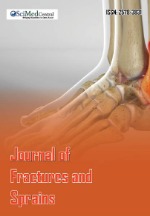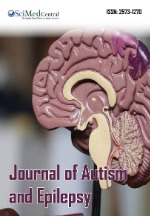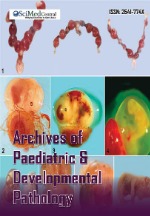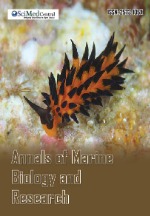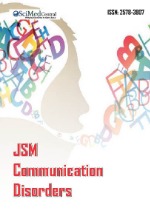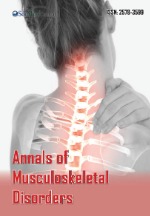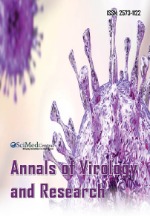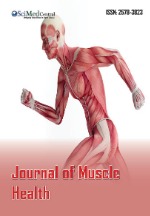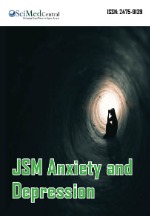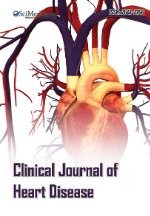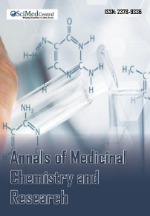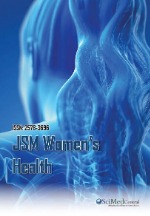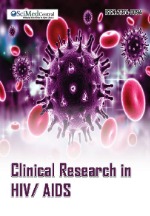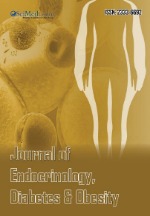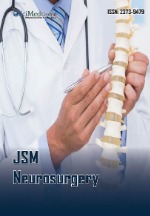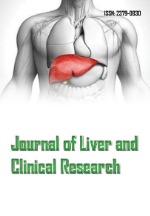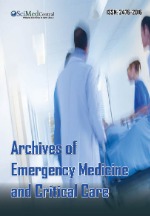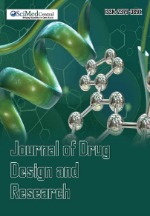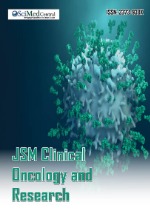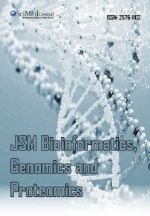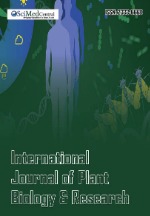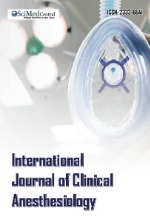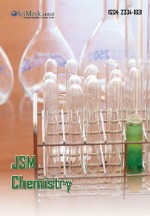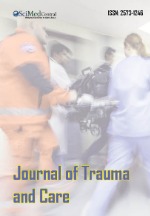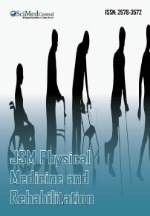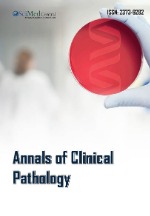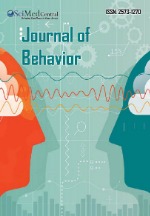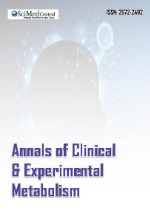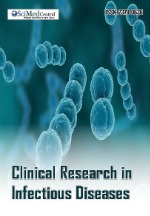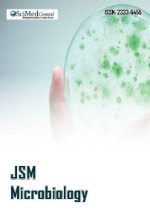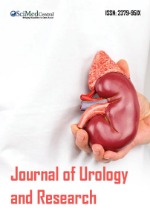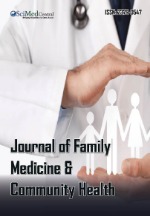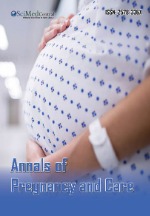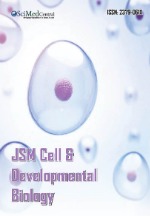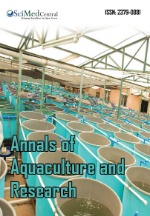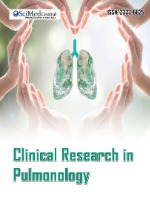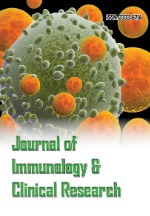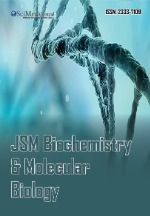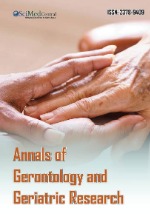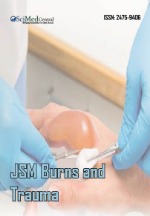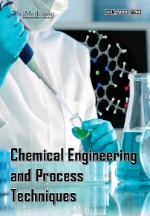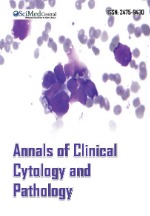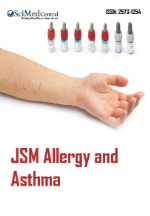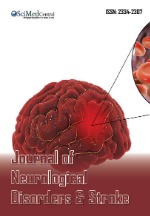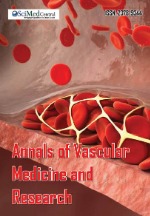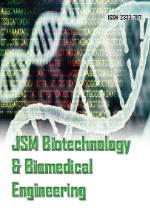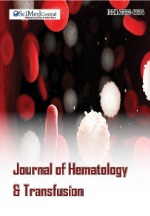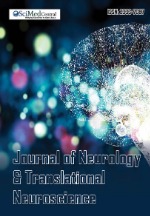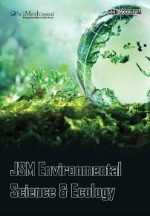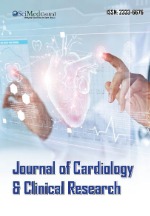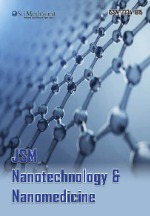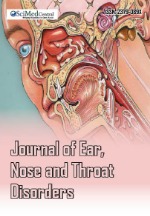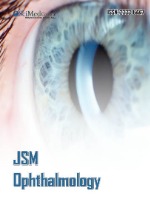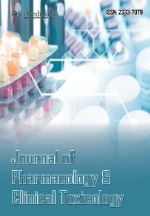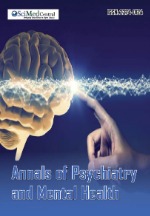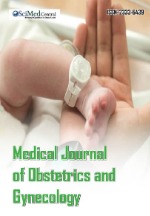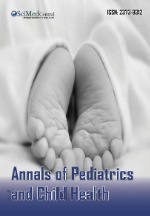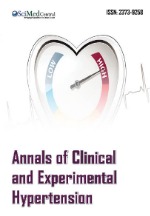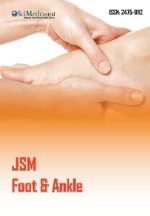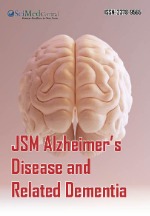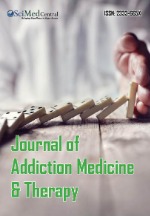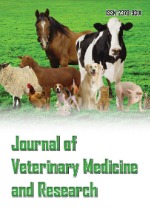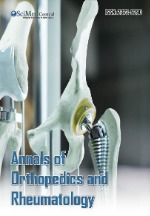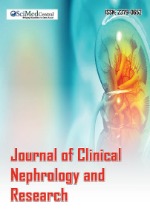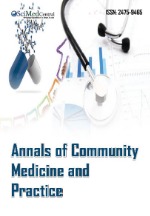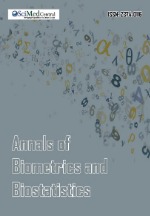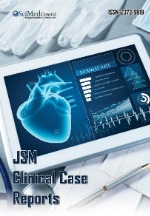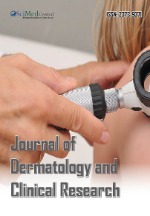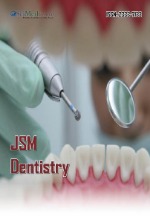Immunological and Genetic Pathways in the Pathogenesis of Inflammatory Bowel Disease
- 1. Department of Gastroenterology, Manisa Celal Bayar University, Turkey
ABSTRACT
Ulcerative colitis (UC), and Crohn disease (CD) a chronic inflammatory disease of the gastrointestinal tract, appears on the background of abnormal mucosal immune response and progresses with relapses [1]. UC is limited to the colon, starting from the rectum and spreading toward the proximal colon, and is characterized by ulcerations in the mucosa and submucosa [2,3]. Although UC can occur at any age, it is the most common in the age group of 15-30 years, followed by the age group of 50-70 years [2].
KEYWORDS
- Ulcerative colitis
- Crohn disease
- Chronic
- inflammatory disease
- Gastrointestinal tract
CITATION
Buran T (2024) Immunological and Genetic Pathways in the Pathogenesis of Inflammatory Bowel Disease. JSM Gastroenterol Hepatol 11(1): 1130.
INTRODUCTION
Although the etiopathogenesis of UC has not been fully elucidated yet, the combination of environmental, genetic, and immune regulatory factors has been hypothesized [4,5]. Environmental risk factors such as infectious agents, drugs, diet, and stress constitute an important predisposition to UC. The leading current hypothesis in the etiology of inflammatory bowel disease (IBD) highlights genetic predisposition leading to the dysregulated gastrointestinal immune system [6]. In the studies on monozygotic twins, the high concordances of the disease, 10-fold increased risk in the development of the disease with a back ground of family history, and some accompanying genetic syndromes suggest that genetic factors also have a role in the pathogenesis of these diseases [7].
The immune system mechanisms vary in UC. The cellular immune response may have a possible role in the pathogenesis of IBD. Cellular immunity is provided by T lymphocytes; these are functionally classified as CD4 + T helper cells, CD8 (cytotoxic), and regulatory T (Treg) cells. CD + T helper cells are functionally categorized into three subgroups as Th1, Th17, and Th2 cells. Th1 cells secrete interferon-gamma (IFN gamma), tumor necrosis factor-alpha, interleukin-2, and interleukin-12. Th17 cells play a critical role in the regulation of the inflammatory processes and may have a role in autoimmunity. Th17 cells predominantly secrete interleukin (IL)-17, IL-6, and GCSF as predominants. Th2 cells primarily regulate B cell differentiation by secreting IL-4, IL- 5, and IL-13. Treg cells include TH3, Tr1, and CD4 + CD25; these cells act by blocking TH1, TH17, and TH2 cells or by suppressing by producing specific cytokines such as IL-10 and Transforming Growth Factor-beta (TGF-beta) or through intercellular relationships [8]. These cells are all known as gut-associated lymphoid tissue (GALT) and are located between epithelial cells and lymphoid follicles. The epithelial cells and other leukocytes in GALT secrete a wide variety of cytokines. Thus, responses are organized against foreign antigens.
In IBD, the equilibrium between Treg and effector T cells is imbalanced. CH and UC have been found to be diseases associated predominantly with Th1 and Th2 cells, respectively. Inflammatory TH1 cells are induced by IL-12/IL18 and are inhibited by IL-4. On the contrary, Th2 lymphocytes are induced by IL-4 and inhibited by IL-12. Th17 cells are found in the CH mucosa but to a lesser extent in the UC mucosa. These cells are induced by IL-1/IL-18, TGF-beta, IL-6, and IL-23. Th1 responses are also suppressed by IL-10 and TGF-beta secreted by CD8 + T cells. Some regulatory cells are produced in the thymus, while others are produced in GALT.
Although the immune system mechanisms vary in IBD, cell- mediated immune responses may also have a role; besides, more antibody secretions than intestinal inflammatory cells are observed. In particular, the levels of IgM and IgG increase. Under normal conditions, IgA activation occurs; however, in ulcerative colitis, the secretion of IgG and IgG 3 increases, which are mostly produced against proteins and T cell-dependent antigens.
There is also an increase in the secretion of proinflammatory cytokines (IL-1, IL-6, IL-8, TNF alpha, and IFN gamma). These cytokines are secreted from macrophages in lamina propria. In particular, IL-1, TNF alpha, and IFN gamma stimulate epithelial, endothelial, mesenchymal, and immune cells. They also play a role in wound healing and fibrosis formation, allowing the migration of neutrophils from the blood to the mucosa or submucosa. These events are linked to inflammatory cytokines (IL-8, TNF, PAF, and leukotriene LTB-4). A higher concentration of LTB-4 is observed in the mucosa of patients with ?BD than in healthy people, which supports this hypothesis. Activation of neutrophils leads to activation of protease enzymes, superoxide, and formation of reactive oxygen radicals and consequently epithelial damage [9].
Besides, the expression of the IL-23 receptor on the cell surface is responsible for the secretion of six different IL-17 family (IL-17A-ILF) members [10], and IL-17A is principally secreted [11]. IL-17A activates epithelium, endothelium, monocyte/macrophage, fibroblasts, and neutrophils with its major proinflammatory effect. Thus TNF-α and IL-1B cause the induction of chemokines C-X-C Motif Chemokine Ligand (CXCL; CXCL8, CXCL9, CXCL10), Granulocyte-macrophage colony- stimulating factor, Granulocyte colony-stimulating factor, IL-6, and metalloproteases.
In the intestinal studies, the imbalance between Treg/Th17 has been implicated in the emergence of UC, and the IL-23/ Th17 pathway has been shown to play an important role in chronic inflammatory diseases, including UC [3,7]. Treg cells prevent autoimmunity and maintain tolerance in the host. On the contrary, Th17 cells are a newly defined Th cell subgroup that differentiates with the action of cytokines such as IL-6, TGF-B, and IL-23, and have a major role in the occurrence of autoimmunity [12]. IL-23 and IL-17 levels were found to be high in the intestinal tissue and serum of individuals with inflammatory bowel disease, including UC [13,14]. Concomitantly, colitis findings were found to be milder in the study performed in mice whose IL-17 receptor was removed [15].
Human IL-17 is a ~20 kDa glycoprotein of 155 amino acids, with close sequence homology to murine IL-17 [16]. It has been implicated in several inflammatory disorders, such as rheumatoid arthritis, multiple sclerosis, systemic sclerosis, systemic lupus erythematosus, psoriasis, Helicobacter pylori-associated gastritis, bronchial asthma, and renal allograft rejection.
Thrombospondin motifs (ADAMTS) family are associated with A disintegrin and metalloproteinase, which are involved in the construction of the extracellular matrix and the pathogenesis of many chronic inflammations such as osteoarthritis and atherosclerosis [17]. These enzymes released in the extracellular matrix also have roles in many physiological events such as the production and destruction of the matrix, the rearrangement of tissues, coagulation, and fibrosis. In cell culture studies conducted in vitro, expressions of ADAMTS-1, 4, and 5 enzymes were found to be associated with IL17, which is also involved in IBD pathogenesis [18]. IL-17, also known as IL-17A, is a key proinflammatory cytokine that links T cell activation to neutrophil mobilization and activation. It is generally regarded as a bridge that connects innate and adaptive immunity and promotes inflammation and antimicrobial functions [19]. UC is a disease caused by a complex interaction of environmental, genetic, and immunoregulatory factors [5]. Although the effect of IL-17 in IBD is controversial, Ogawa et al. showed that IL-17 deficient or anti-IL-17 treated mice exhibited severe epithelial damage in the colon, indicating a protective function of IL-17 [20].
In another study, Sugihara et al. detected IL-17 mRNA expression in intestinal mucosa samples of patients with active UC and CD [21]. Recent studies have shown a potentially significant relationship between polymorphisms of the IL-17 gene located on chromosome 2q31 and the risk of UC.
Arisawa et al. suggested that the G197A (rs2275913) polymorphism in the IL-17 gene significantly differentiates between the UC group and healthy controls [22]. In addition, Hayashi et al. [23], Zhang et al. [24], Kim et al. [25], and Chen et al. [26], demonstrated the important correlation between IL-17 polymorphism and UC.
Another study on the Chinese population reported significantly higher expression levels of IL-17 in serum and IL- 17R levels in the mucosa were in UC patients [27].
ADAMTS enzymes are a group of secreted proteases that are expressed by 19 genes in humans. They appear to be related to extracellular matrix function or cell-matrix interactions. These enzymes have complex roles in normal development such as angiogenesis, cancer, blood coagulation, cell migration, and pathological conditions [28], and have diverse roles in tissue morphogenesis, pathophysiological remodeling, inflammation, and vascular biology.
Bsat et al., showed that in mesenteric lymph nodes (mLNs) CD could be distinguished from UC by increased frequencies of CCR6+CXCR3−RORγ +Tbet−CD4+ (Th17) memory T cells enriched in CD62Llow effector memory T cells (TEM), and their differentially expressed molecular profile. Th17 TEM cells (expressing IL17A, IL17F, RORC, and STAT3) displayed a higher pathogenic/cytotoxic (IL23R, IL18RAP, and GZMB, CD160, PRF1) gene signature in CD relative to UC, while non-pathogenic/ regulatory genes (IL9, FOXP3, CTLA4) were more elevated in UC. In both CD and UC, IL12 but not IL23, augmented IFNγ expressionin Th17 TEM and switched their molecular profile toward an ex-Th17 biased transcriptomic signature (increased IFNG, and decreased TCF7, IL17A), suggesting thatTh17 plasticity o ccurs in mLNs before their recruitment to inflamed colon [14].
REFERENCES
- Liu M, Zhu W, Wang J, Zhang J, Guo X, Wang J, et al. Interleukin-23 receptor genetic polymorphisms and ulcerative colitis susceptibility: A meta-analysis. Clin Res Hepatol Gastroenterol. 2015; 39: 516-525.
- Sarlos P, Kovesdi E, Magyari L, Banfai Z, Szabo A, Javorhazy A, et al. Genetic update on inflammatory factors in ulcerative colitis: Review of the current literature. World J Gastrointest Pathophysiol. 2014; 5: 304-321.
- Li J, Tian H, Jiang HJ, Han B. Interleukin-17 SNPs and serum levels increase ulcerative colitis risk: a meta-analysis. World J Gastroenterol. 2014; 20: 15899-15909.
- Kobayashi T, Okamoto S, Hisamatsu T, Kamada N, Chinen H, Saito R, et al. IL23 differentially regulates the Th1/Th17 balance in ulcerative colitis and Crohn’s disease. Gut .2008; 57: 1682-1689.
- Piovani D, Danese S, Peyrin-Biroulet L, Nikolopoulos GK, Lytras T, et al. Environmental Risk Factors for Inflammatory Bowel Diseases: An Umbrella Review of Meta-analyses. Gastroen. 2019; 157: 647-659.
- Podolsky D. Inflammatory bowel disease. N Engl J Med. 2002; 347: 417-429.
- Bioque G, Crusius JB, Koutroubakis I, Bouma G, Kostense PJ, Meuwissen SG, et al. Allelic polymorphism in IL-1 beta and IL-1 receptor antagonist (IL-1Ra) genes in inflammatory bowel disease. Clin Exp Immunol. 1995; 102: 379-383.
- Boden EK, Snapper SB. Regulatory T cells in inflammatory bowel disease. Curr Opin Gastroenterol. 2008; 24: 733-741.
- Oktay E. Inflamatuar Barsak Hastal?klar?: Etyopatogenez, Semptomatoloji, Tan? ve Komplikasyonlar. Gastrointestinal System Diseases Symposium. ?stanbul. 2001; 199-206.
- Brand S. Crohn’s disease: Th1, Th17 or both? The change of a paradigm: new immunological and genetic insights implicate Th17 cells in the pathogenesis of Crohn’s disease. Gut. 2009; 58: 1152-1167.
- Caprioli F, Pallone F, Monteleone G. Th17 immune response in IBD: A new pathogenic mechanism. Journal of Crohn’s & colitis. 2008; 2: 291-295.
- Catana CS, Berindan Neagoe I, Cozma V, Magdas C, Tabaran F, Dumitrascu DL. Contribution of the IL-17/IL-23 axis to the pathogenesis of inflammatory bowel disease. World J Gastroenterol. 2015; 21: 5823-5830
- Laura AL, Maria Ilie?, ?tefan CV, Radu S, Shahida D, Cristina AI, et al. Serum Interleukin (IL)-23 and IL-17 Profile in Inflammatory Bowel Disease (IBD) Patients Could Differentiate between Severe and Non- Severe Disease. J Pers Med. 2021; 11: 1130.
- Marwa Bsat, Laurence Chapuy, Manuel Rubio, Ramses Wassef, Carole Richard, Frank Schwenter, et al. Differential Pathogenic Th17 Profile in Mesenteric Lymph Nodes of Crohn’s Disease and Ulcerative Colitis Patients Front Immunol. 2019; 10: 1177.
- Abraham C, Cho J. Interleukin-23/Th17 pathways and inflammatory bowel disease. Inflamm Bowel Dis. 2009; 15: 1090-1100.
- Yao Z, Spriggs MK, Derry JM, Strockbine L, Park LS, VandenBos T, et al. Molecular characterization of the human interleukin (IL)-17 receptor. Cytokine. 1997; 9: 794-800.
- Ashlin TG, Kwan AP, Ramji DP. Regulation of ADAMTS-1, -4 and -5 expression in human macrophages: differential regulation by key cytokines implicated in atherosclerosis and novel synergism between TL1A and IL-17. Cyto. 2013; 64: 234-242.
- Miles RR, Sluka JP, Halladay DL, Santerre RF, Hale LV, Bloem L, et al. ADAMTS-1: A cellular disintegrin and metalloprotease with thrombospondin motifs is a target for parathyroid hormone in bone. Endocrinology. 2000; 141: 4533-4542.
- Zenobia C, Hajishengallis G. Basic biology and role of interleukin-17 in immunity and inflammation. Periodontology 2000. 2015; 69: 142-159.
- Ogawa A, Andoh A, Araki Y, Bamba T, Fujiyama Y. Neutralization of interleukin-17 aggravates dextran sulfate sodium-induced colitis in mice. Clin Immunol. 2004; 110: 55-62.
- Sugihara T, Kobori A, Imaeda H, Tsujikawa T, Amagase K, Takeuchi K, et al. The increased mucosal mRNA expressions of complement C3 and interleukin-17 in inflammatory bowel disease. Clin Exp Immunol. 2010; 160: 386-393.
- Arisawa T, Tahara T, Shibata T, Nagasaka M, Nakamura M, Kamiya Y, et al. The influence of polymorphisms of interleukin-17A and interleukin-17F genes on the susceptibility to ulcerative colitis. J Clin Immunol. 2008; 28: 44-49.
- Hayashi R, Tahara T, Shiroeda H, Saito T, Nakamura M, Tsutsumi M, et al. Influence of IL17A polymorphisms (rs2275913 and rs3748067) on the susceptibility to ulcerative colitis. Clin Exp Med. 2013; 13: 239- 244.
- Zhang X, Yu P, Wang Y, Jiang W, Shen F, Wang Y, et al. Genetic polymorphisms of interleukin 17A and interleukin 17F and their association with inflammatory bowel disease in a Chinese Han population. Inflamm Res Soci. 2013; 62: 743-750.
- Kim SW, Kim ES, Moon CM, Park JJ, Kim TI, Kim WH, et al. Genetic polymorphisms of IL-23R and IL-17A and novel insights into their associations with inflammatory bowel disease. Gut. 2011; 60: 1527- 1536.
- Chen B, Zeng Z, Hou J, Chen M, Gao X, Hu P. Association of interleukin- 17F 7488 single nucleotide polymorphism and inflammatory bowel disease in the Chinese population. Scand J Gastroenterol. 2009; 44: 720-726.
- Zhang H, Xia B, Li J, Zhao Q, Chen ZT, Zhou R, et al. Expression and clinical significance of IL-17 and IL-17 receptor in ulcerative colitis. J Huazhong Univ Sci Technolog Med Sci. 2016; 36: 37-40.
- Cauwe B, Van den Steen PE, Opdenakker G. The biochemical, biological, and pathological kaleidoscope of cell surface substrates processed by matrix metalloproteinases. Crit Rev Biochem Mol Biol. 2007; 42: 113-185.


